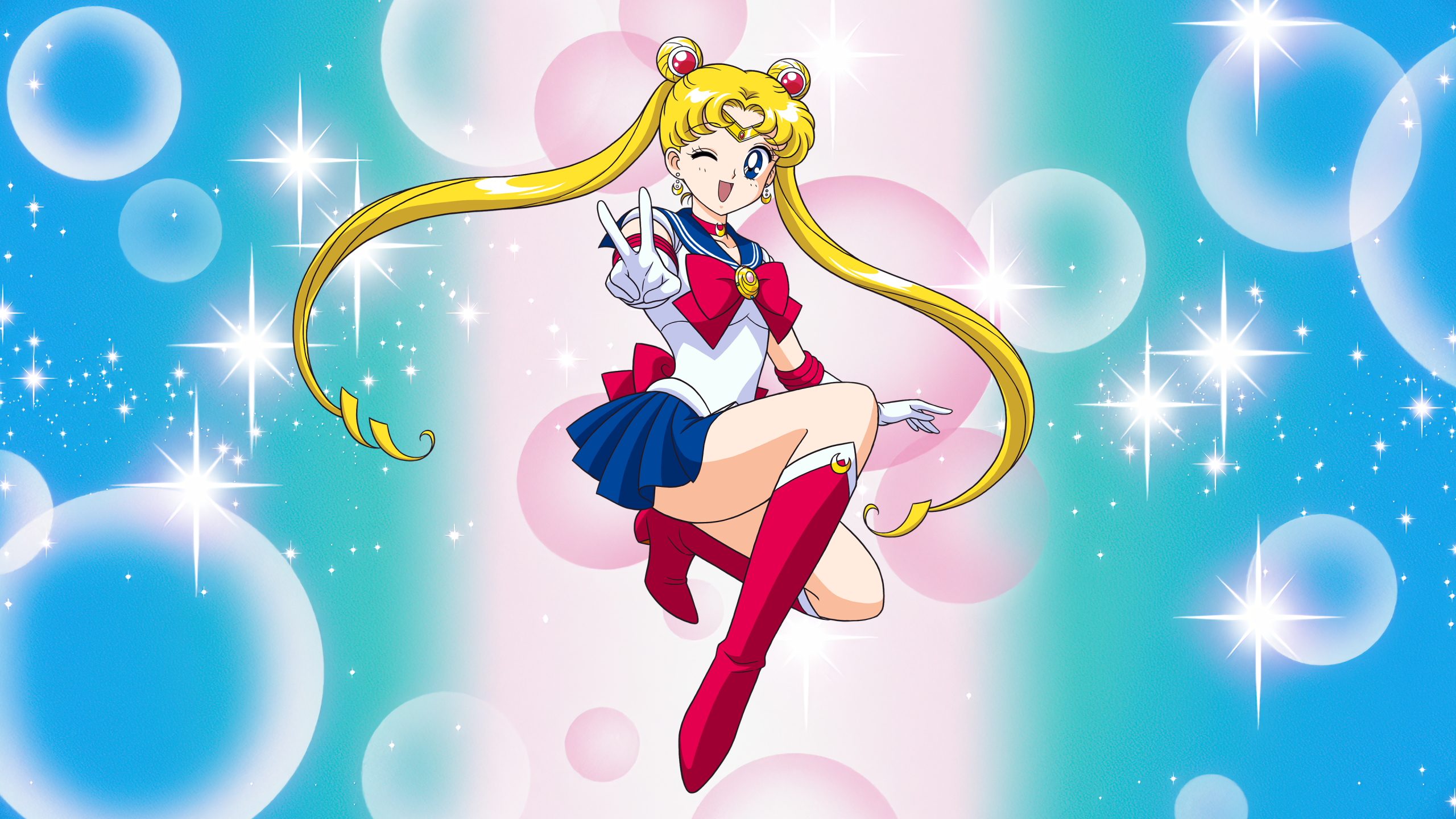Key Takeaways
Created with AI - we're still experimenting, so apologies if it misses the mark
- The persistence and determination of Stuart Levy from Tokyopop were key in bringing the Sailor Moon manga to Western audiences, as other publishers initially rejected the series due to doubts about its appeal to female readers and the U.S. markets interest in Japanese comics.
- Despite strong global popularity, initial attempts to distribute the Sailor Moon manga in the United States faced significant obstacles, with rejections from major publishers like Dark Horse Comics and Penguin Random House.
- The successful release of Sailor Moon in the U.S. was a slow process that took six years after its debut in Japan, demonstrating the challenges often encountered when introducing foreign manga to Western audiences.
- Kodansha eventually assumed rights to the series in 2011 and published localized volumes to ensure fans could access the complete Sailor Moon manga, ensuring a comprehensive collection for dedicated fans.
Persistent Challenges in Bringing Sailor Moon Manga to Western Audiences
Sailor Moon’s anime franchise has been a global sensation since 1992, captivating fans across generations. However, bringing the series to Western audiences, even after its initial success, proved challenging. Stuart Levy, founder of US manga and anime distributor Tokyopop, recounted his difficulties finding a publisher for the English Sailor Moon manga. According to Levy, publishers such as Dark Horse Comics repeatedly rejected the series, asserting that girls don’t read comics. Penguin Random House also passed, believing there was insufficient interest in Japanese comics in the United States. These rejections meant creator Naoko Takeuchi initially had no official US release for her work. Ultimately, Sailor Moon arrived in the US through Tokyopop in 1997, six years after its debut in Japan. Later, Kodansha took over the rights in 2011, subsequently publishing localized volumes to ensure fans could access the complete series.
Have any thoughts?
Share your reaction or leave a quick response — we’d love to hear what you think!

